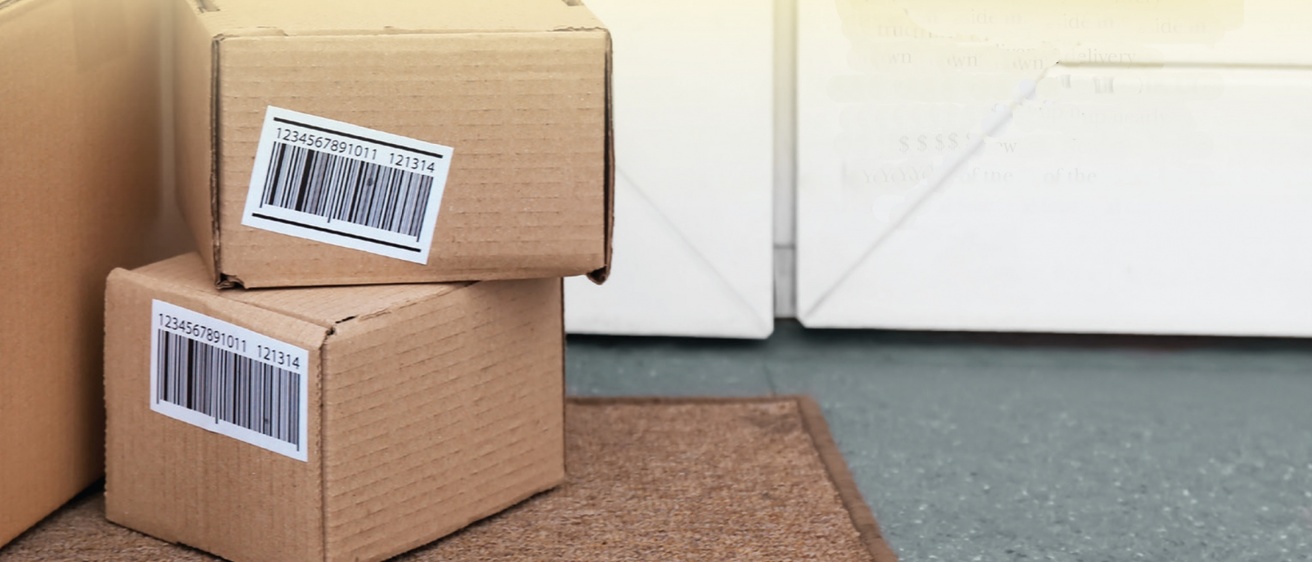Take a peek outside on a busy street, and chances are that a UPS, FedEx, USPS, or other delivery truck is finagling its way through traffic. On any given day, an average of 50 million packages are being delivered in the United States. In the next six years, those numbers are expected to double: industry insiders predict a total of 100 million packages will arrive at their destination every single day in 2026.
The technology to transport these packages is ever-evolving, particularly in the realm of what has been coined “last-mile delivery.” In an urban environment, last-mile delivery is crucial.
Everywhere, drivers must manage their timing, park, unload the packages, walk them to the destination, and then return to the truck. In urban environments, delivery trucks often have to double park, which gets in the way of other drivers. Transportation officials estimate some 947,000 hours of vehicle delay every year can be attributed to delivery trucks temporarily parked curbside in downtown areas. And delivery companies pay the price: In 2018, UPS and FedEx both racked up nearly $50 million in parking fines in New York City – about one-fourth of the total number of commercial fines.
One Tippie professor started thinking about how new technology could be engaged to help streamline the delivery process. Ann Melissa Campbell, currently serving as interim department executive officer of the Department of Business Analytics, says in 2017 the news was filled with stories of companies developing autonomous cars for passengers.
“I started considering whether the same technology could be successful in the delivery/logistics space,” she said.
Joined by Sara Reed, a PhD student in the UI Applied Mathematical and Computational doctorate program, and Professor Barry Thomas, interim senior associate dean and Gary C. Fethke Research Fellow, they began modeling solutions that may ultimately provide significant improvements to the process of how packages are delivered. Their research on the value of using autonomous vehicles in last-mile delivery is currently under review for publication, and they have begun a second round of research that examines the same technology within suburbs and rural areas.
Campbell, who holds a Henry B. Tippie Research Professorship, and Reed began their research by noting online shopping – the basis for the exponential increase in package delivery – will continue to grow substantially. In New York City alone, those numbers are expected to bounce 68 percent by 2045. Delivery drivers, in turn, park approximately 37 times per day in Manhattan, and drivers currently walk an average of nearly 8 kilometers per day, a good portion of which includes the distances needed to travel back and forth between the parked truck and the destination. This new delivery paradigm – where the autonomous vehicle simply drops off a delivery person and a load of parcels at a specific location, then continues to the next pre-determined location to pick up the delivery person – had not yet been thoroughly investigated for efficacy.
Thus Campbell and Reed turned to mathematical modeling. They assigned notations to represent the numbers of customers, driving speeds, walking speeds, the time to load packages from the vehicle, the number of packages a delivery person can physically manage, and the expected time to park. Dozens of polynomial equations, mapping, and graphing followed.
The end result?
“The savings are more than we ever predicted,” says Reed, noting this system reduces the total amount of delivery time by 30 to 77 percent. Further, the number of delivery vehicles in downtowns would be cut in half.
The ‘aha’ moment for Campbell came once she saw the gain from using autonomous vehicles was more than just saving the parking time.
“Sara’s solutions showed we could save the time that drivers spend walking back and forth to the parked vehicle to drive again or reload the vehicle,” she says. “The savings would be much bigger than we thought, and it made us realize this idea has a lot of exciting potential.”
This article first appeared in the summer 2020 issue of Tippie Magazine.
Media contact: Tom Snee, tom-snee@uiowa.edu, 319-541-8434
